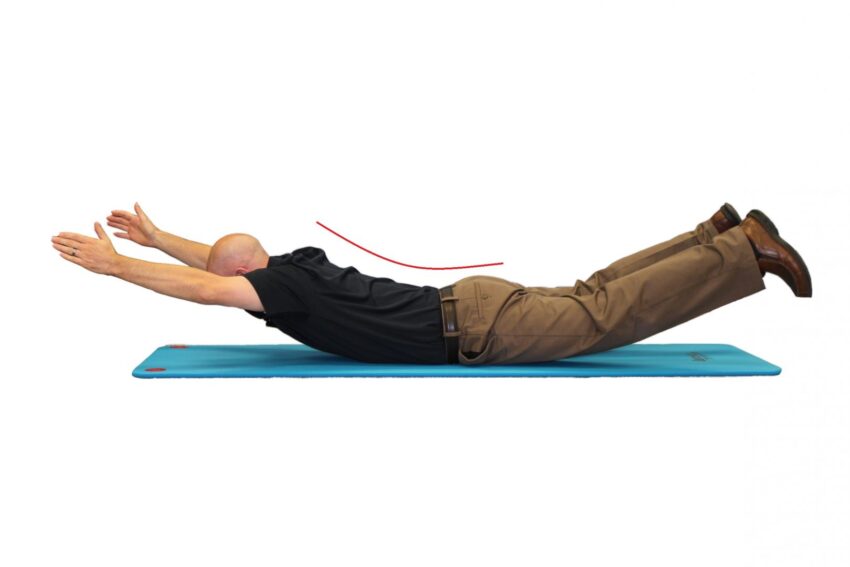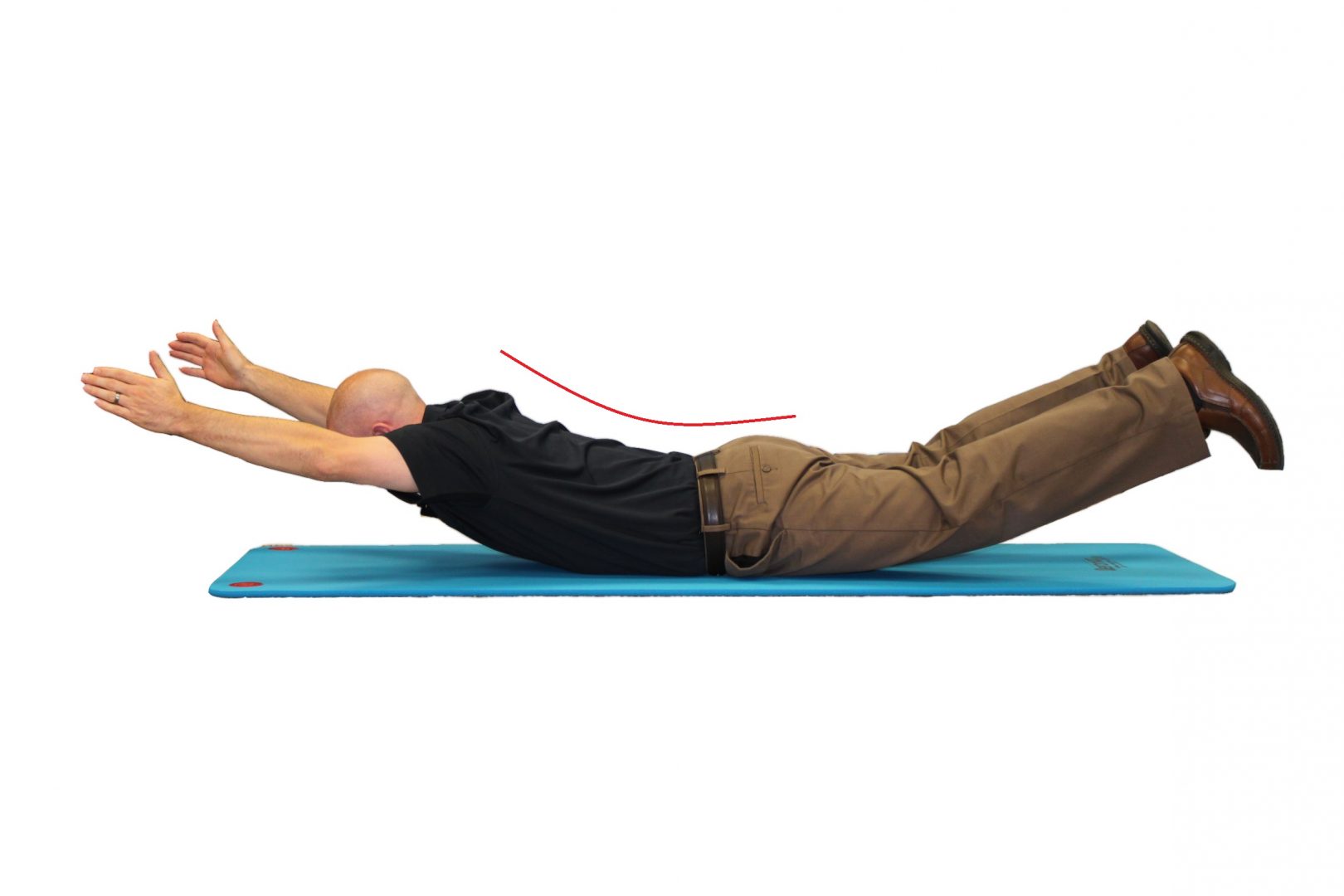
Breaking Down the Exercises that Break Down Your Spine
Most people will experience a bout of low back pain at some point in their lives. The cause of the low back pain is misunderstood and efforts to relieve the low back pain are misdirected. Many awake in the morning with low back pain or tightness, attributing this to “sleeping on it wrong,” not knowing the cause of the pain was an accumulation of events that have been occurring over the course of the past few months or even years. Clinicians and patients alike will often attribute low back pain to an event, e.g., a sneeze or a bad night’s sleep, yet very few back injuries occur from a single event, often misguiding efforts to deal with the real cause of the cumulative trauma.1 The key to optimal performance or rehabilitation is injury avoidance and this requires an understanding of the biomechanical principles of tissue loading and subsequent adaptation or degradation. Too many good backs are ruined by inappropriate training that follows current fads or traditional strength training regimens without understanding the biomechanics of the spine. The purpose of this paper is to discuss the low back injury mechanisms causing excessive tissue loading and eventual tissue failure as related to common core exercises.
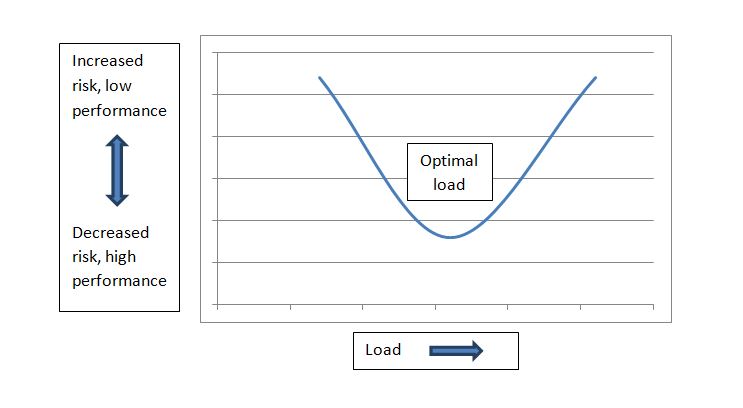
In general, biological tissues respond to loading stress as a U-shaped function. Too little stress will not stimulate tissue adaptation and too much stress will overload tissue leading to injury. The optimal load is not too much, not too little, and is unique to the individual. An exercise that builds one individual may overwhelm another.
Injury Process
Injury occurs when an applied load exceeds the tissue tolerance. A load that is great enough and applied once  can certainly result in an injury, e.g., a fall. More common, however, is the repeated submaximal load causing injury. Submaximal loads can be repeated or sustained. Repeated loads cause tissue fatigue, reduce tissue tolerance, and lead to failure on the Nth repetition, resulting in injury.1 Sit-ups, Russian twists, and back extensions are excellent examples of repeated loading.
can certainly result in an injury, e.g., a fall. More common, however, is the repeated submaximal load causing injury. Submaximal loads can be repeated or sustained. Repeated loads cause tissue fatigue, reduce tissue tolerance, and lead to failure on the Nth repetition, resulting in injury.1 Sit-ups, Russian twists, and back extensions are excellent examples of repeated loading.
 Sustained loads over a period of time cause tissue to slowly deform, leading to a reduction in tissue strength and resulting in injury.1 Sustained postures such as sitting and spine stretching are examples of sustained loads.
Sustained loads over a period of time cause tissue to slowly deform, leading to a reduction in tissue strength and resulting in injury.1 Sustained postures such as sitting and spine stretching are examples of sustained loads.
Tissue loading is necessary for optimal tissue health. 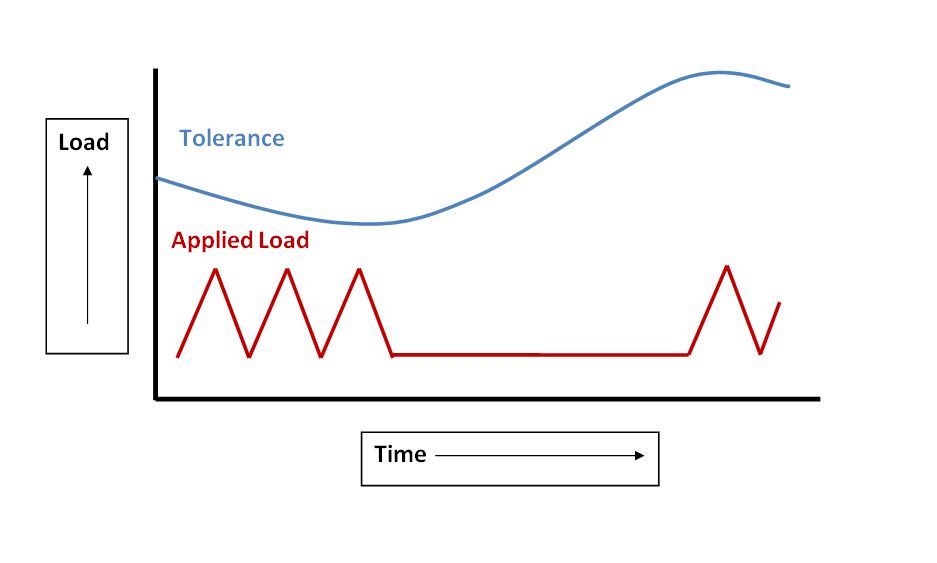 When loading and subsequent degradation of tolerance is wisely followed by a period of rest, an adaptive tissue response increases tolerance.1
When loading and subsequent degradation of tolerance is wisely followed by a period of rest, an adaptive tissue response increases tolerance.1
It is important to note that tissue damage may not outwardly appear as swelling or even pain. Submaximal micro trauma of tissue will cause inflammation that can result in a muscle spasm, where the individual will experience a feeling of tightness in the low back. Muscle spasms are born out of the inflammatory process and are a signal of significant tissue damage. This tightness is often the first real sense of something wrong. As you will see, the common yet misguided efforts to relieve the low back tightness, e.g., low back stretching, can actually lead to even more trauma. Scientific principles of tissue loading and response to injury must be considered during exercise design whether it is for increased performance, general fitness, or rehabilitation.
Mechanisms of Injury
Understanding the biomechanics of the spine and injury mechanisms of spinal tissue is important for injury avoidance and improved performance. Functionally, the muscles of the arms and legs and the hips and shoulders are designed to create movement throughout a range of motion. The muscles of the spine, however, are designed to create stiffness, stop movement, and transfer the power generated in the hips and shoulders.
With the injury process in mind, you will see in the subsequent sections that training the spine through its range of motion, as done with common exercises, will result in deleterious and irreversible damage in spinal tissue decreasing function and performance.
Spine Flexion
As the spine flexes (bends forward, flattens, or rounds), several tissues are at risk of injury. Muscles provide support for the spine as it begins to flex; however, as the spine approaches full flexion, the support responsibilities shift away from the muscles and onto the intervertebral discs and ligaments. Posterior disc herniations are associated with repeated flexion of the spine and/or a sustained flexed posture. Evidence of the process of disc herniation is repeated lumbar flexion with very little load. Callaghan and McGill (2001) consistently created disc herniations with modest load in the neighborhood of 22,000-28,000 cycles of flexion. Not surprisingly, with increased loads the number of flexion cycles required to cause a disc herniation decreased to 5,000-9,500. More recently, Tampier (2007) and Veres (2009) confirmed that the greater the load and the more repetitions, the faster a herniation will occur. Recall the tissue loading response in the previous section where the repeated submaximal trauma to the discs is occurring unbeknownst to the future patient. This has enormous implications when designing an exercise program.
The interspinous ligament is also at risk of injury during spine flexion. This ligament, once believed to prevent excessive spine flexion, actually prevents posterior shear of the above vertebra.6 However, as the spine flexes, the oblique orientation of the interspinous ligament imposes an anterior shear on the above vertebra. This anterior shear stresses the interspinous ligament, among others, and reduces the shear tolerance of the spine. An osteoligamentous spine (a spine devoid of muscle) collapses under 20 lbs; that is all the load ligaments can tolerate. In full flexion, not only are discs at risk of injury but shear is greater, putting the ligaments at risk as well.
Spine Flexibility
Stretching the spine often involves flexing it, e.g., touching the toes or pulling the knees to the chest. There is a popular notion that more spine flexibility is necessary for a healthy spine. The scientific evidence would disagree. In fact, the more flexibility one has in the spine, the greater risk one has of having low back troubles.7,8,9 Sullivan et al. (2000) found no correlation in lumbar range of motion and low back pain. Parks et al. (2003) demonstrated that spine range of motion has little to do with functional activities such as walking, standing, sitting, pushing, pulling, lifting, and carrying. Solomonow (2003) has shown that static stretching of the spine ligaments can cause muscle spasms and can diminish the stretch reflex, a reflex that is protective! Recall that muscle tightness accompanies the inflammatory process. Lastly, Snook and colleagues (1998) proved that simply removing spine flexion from morning activities decreased pain and improved function. Based on the scientific evidence, having a flexible spine does not ensure spine safety. In fact, it ensures quite the opposite. Those rehabilitating from a low back injury or those concerned with preventing low back injury would be wise to focus on deficits other than spine flexibility.
So the question becomes, where, how, and why did spine range of motion become the gold standard for measuring ability, disability, and function? To quote McGill (2002):
“Lawyers and compensation boards need numbers for the purpose of defining disability and rewarding compensation…and range of motion is objective and easily measured. The current metric for determining disability appears to have been chosen for legal convenience rather than for a positive impact on low back trouble. The current landscape creates a reward system for therapy that arguably hinders optimal rehabilitation.”
Although beyond the scope of this article, a safer, more functional, and the most spine-sparing approach to decreasing viscosity (stiffness) and maintaining one’s range of motion in the spine is through active flexibility. The cat/camel is a motion exercise, where emphasis is placed on motion rather than pushing (stretching) into passive tissues.
Implications of Spine Flexion on Exercise
Any repetitive exercise, with or without load, where the lumbar spine is allowed to flex, round, or flatten, will over-stress the discs and ligaments. Recall that this is a submaximal cumulative effect, where trauma is occurring without any forewarning. Sit-ups produce large shear and compressive forces on the intervertebral discs and across the lumbar spine.14,15,16 Increased muscle activation anteriorly results in both initial hyperextension and subsequent hyperflexion of the lumbar spine, contributing to large compressive forces during sit-ups.17,18
Traditional sit-ups impose 3,300 N of compression on the spine.14 The National Institute of Occupational Safety and Health has set the action limit of low back compression at 3,300 N because repetition loading above this level is linked with higher injury rates, yet this is imposed on the spine with each repetition of a sit-up.1
The U.S. military has annual fitness testing where soldiers are required to perform sit-ups. Childs (2010) conducted a wonderful study where two groups of soldiers trained for the sit-up test. One group performed sit-ups; the other group substituted sit-ups with planks. When it came time for the sit-up test, the soldiers who trained with planks performed better on the test than the soldiers who actually trained sit-ups. The soldiers who performed planks had healthier spines, as they avoided the repetitive submaximal microtrauma associated with sit-ups, thus sparing their spines. It is sad and alarming to think of the number of good soldiers we have lost due to low back injuries, while considering that they were required to perform an exercise that is known to cause injury.
Squats and leg presses are examples of exercises that are not abdominal exercises but can cause low back injuries when performed with poor form. It is not the load necessarily that can cause injury but the tucking of the pelvis, also known as a posterior pelvic tilt, at the bottom of the squat that flexes the lumbar spine, loading the discs and ligaments. Pelvic tilts flex the spine and preload the annulus and posterior ligaments.23 While placed under load, this is a powerful mechanism known to cause disc herniations. Note that the load can simply be bodyweight. Stooping to picking something up off the floor can cause disc injury. A fully flexed spine is associated with myoelectric silence in the back extensors, strained posterior passive tissues, and high shear forces on the lumbar spine.1 Many low back injuries can be prevented by simply avoiding training the spine through its range of motion and avoiding full lumbar flexion.

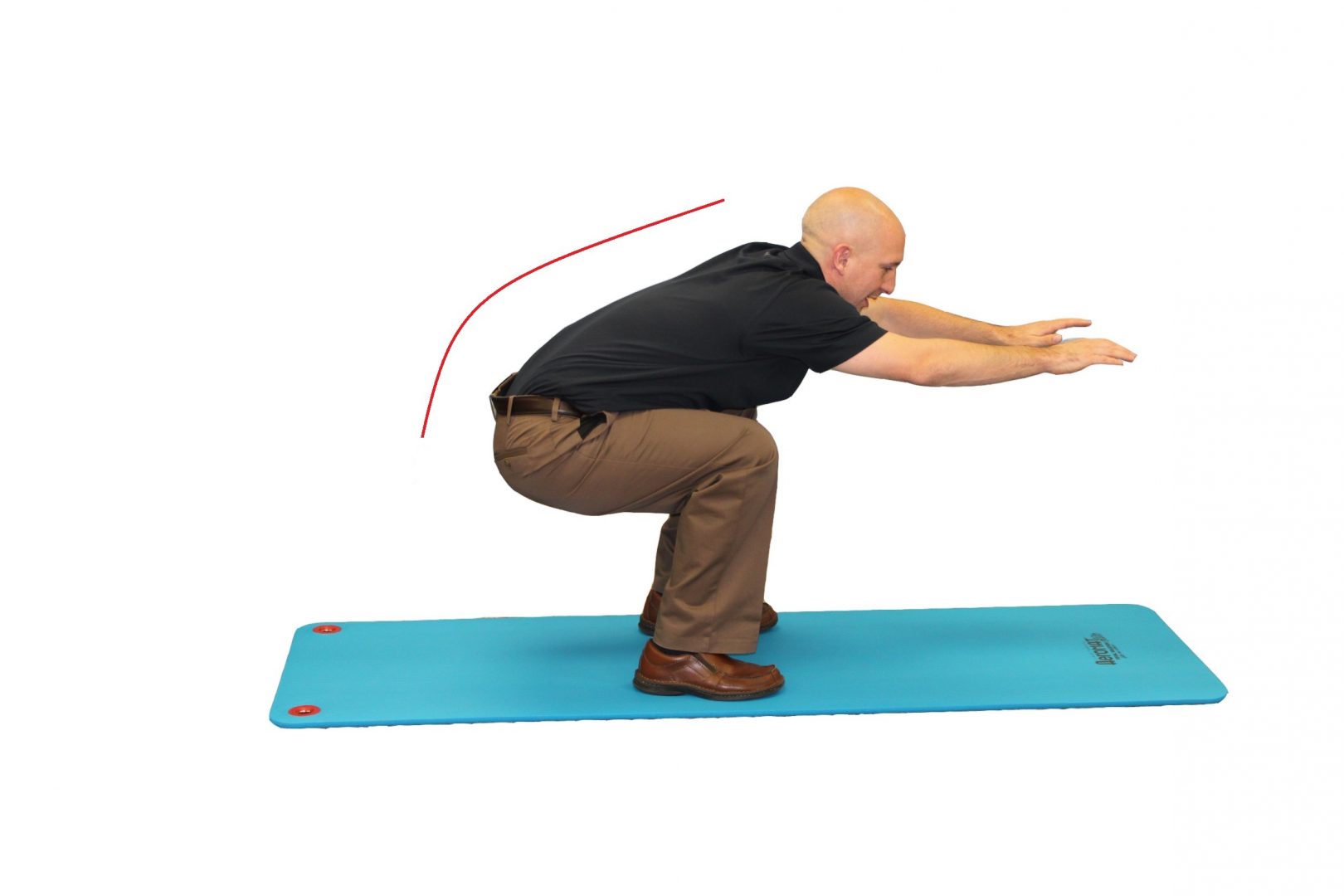
My Thoughts
There are safer, more functional, and more challenging ways to train the abdominal wall without introducing injury mechanisms. Do not get caught up in the current trends and fads where you are taught to round, curve, flatten and roll your spine to train your abdominals. I have treated too many low back pain patients who follow current trends (based on a philosophy and not science) that have led to their current dysfunction. Interestingly enough, a spinal fusion for a patient who has a significant disc injury is designed to fuse the vertebrae and stop motion from occurring. Train function, not muscle. A modified curl-up (where the low back is not allowed to flatten), planks, and “stir the pot” are excellent exercises designed to challenge the abdominal wall with little spine penalty, as the spine is spared by being trained functionally in a neutral position. With only a certain number of flexion cycles before discs begin to deteriorate, save them for the important things, e.g., putting on your shoes or petting a dog. Don’t train to the test. See the study by Childs mentioned above: those who trained planks did better on the sit-up test than those who trained sit-ups.
Too much spine flexibility will cause low back injury. Science has proven this. In symptomatic and asymptomatic workers, the differences between the two groups were things other than spine flexibility and low back strength. Although beyond the scope of this article, the differences between the two groups were faulty movement patterns, aberrant motor patterns, and core muscular endurance (not strength). Again interestingly enough, by correcting faulty movement/motor patterns, training core endurance, and training the spine in the neutral position, pain-free spine range of motion usually returns. Again, don’t train to the test!
Spine Extension
As the spine extends (or bends backwards) the facet joints are loaded, and the interspinous ligament is compressed, both at risk for injury. Perhaps the biggest issue with spine extension is the bending of the neural arch loading the pars interarticularis. The neural arch is slightly flexible and analogous to a paper clip. It will bend back and forth several times before it breaks, but it will break. Not surprisingly, repetitive spine flexion/extension cycles causing bending of the neural arch will result in fatigue fractures, leading to spondylolisthesis- a fracture of the pars interarticularis where one vertebra actually slides forward on another due to the loss of anterior shear support.20,21
Implications of Spine Extension on Exercise
Exercise 1: “Supermans” result in over 6,000 N of compression on a hyperextended spine, crushing the facets and interspinous ligaments
Exercise 2: Seated back extension machine and “Roman Chair” exercises both cause excessive compression with repeated flexion/extension, leading to fatigue fracture of the neural arch. The excessive compression is known to affect the vertebral bodies and the cartilaginous end plate.
Exercise 3: Hip extension machines cause high shear forces as the hip and low back extend.
My Thoughts
The extensor muscles are designed for muscular endurance as they contain more slow-twitch fibers than fast-twitch fibers. Therefore, training these muscles for strength is ill-advised. Research has shown that all extensor muscles are important, not just the tiny multifidus. In fact, the thoracic extensors are the most efficient lumbar extensors due to their interesting architecture as they course over the lumbar spine, giving them the longest movement arm with least compression penalty. These muscles are designed to maintain upright posture but create enormous amounts of compression on the spine in hyperextension. The “bird dog” exercise and all its variations is an excellent exercise to train the extensor muscles while maintaining a neutral spine. The spine pays too high of a price when performing the popular exercises mentioned in the previous section.
Spine Rotation
Rotation or twisting of the spine affects the discs and facet joints. Twisting causes the concentric rings of the annulus to slowly separate, or delaminate, allowing circumferential openings for nuclear material to traverse through.4 The load bearing ability of the disc is substantially reduced with twisting, as half of the fibers become disabled due to their oblique orientation. Yet with rotation, there is an increase in lumbar muscle co-activation, resulting in greater spinal compression on the discs that are already weakened in their twisted state. Additionally, rotation of the spine can cause facet compression allowing the rims of the facets to bind and lock.22
Implications of Spine Rotation on Exercise
All twisting or rotational exercises must be considered with caution, as these types of exercises will create high compressive forces on a disc that has lost half of its ability to bear load.
Exercise 4: Seated rotation machines create high compressive forces
Exercise 5: Russian twists combine with a flexed spine produces a powerful injury and causes discogenic pathology
Exercise 6: The “Washing Machine” creates high compressive forces
Exercise 7: Lunges with twists, especially with weights, create high compressive forces
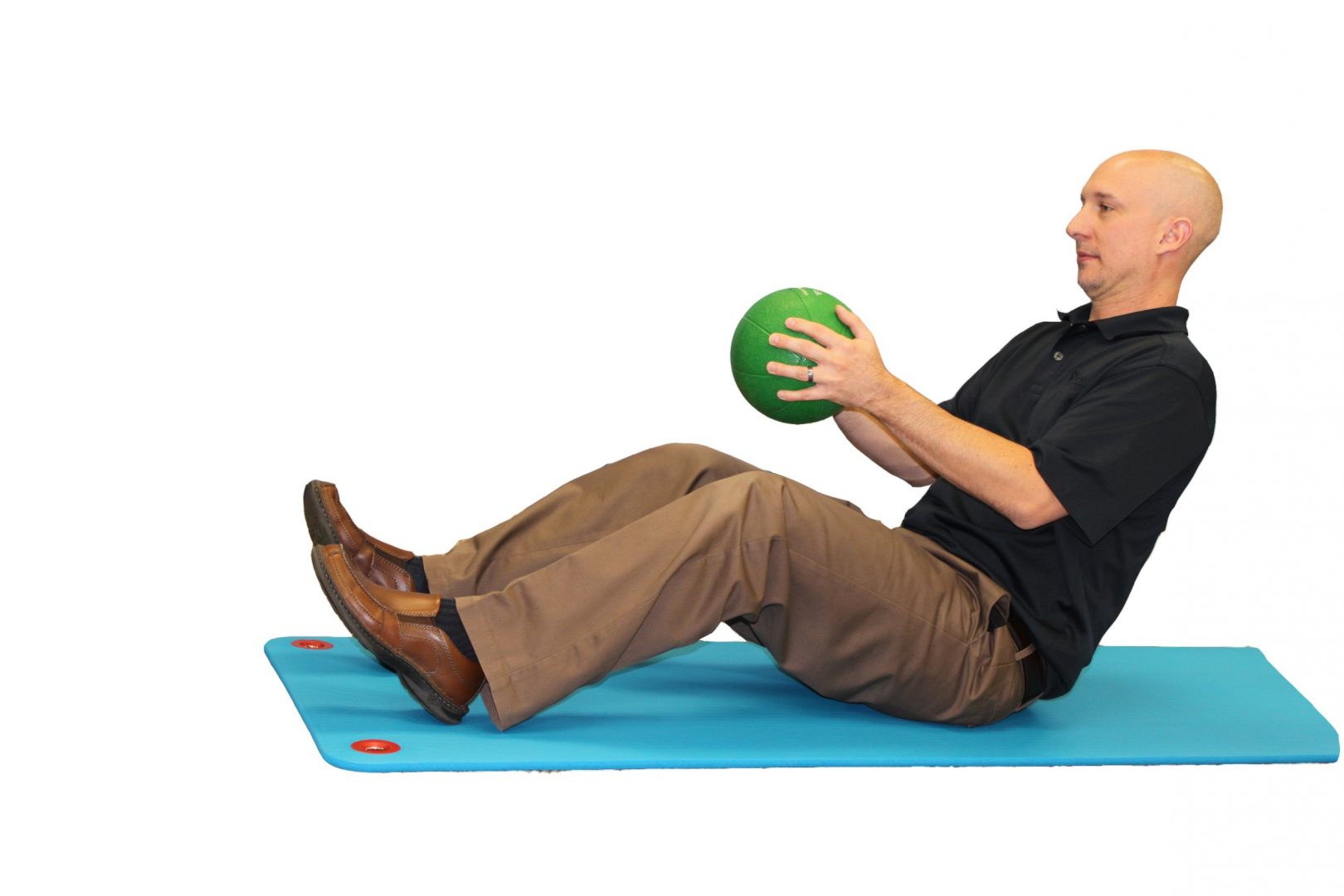
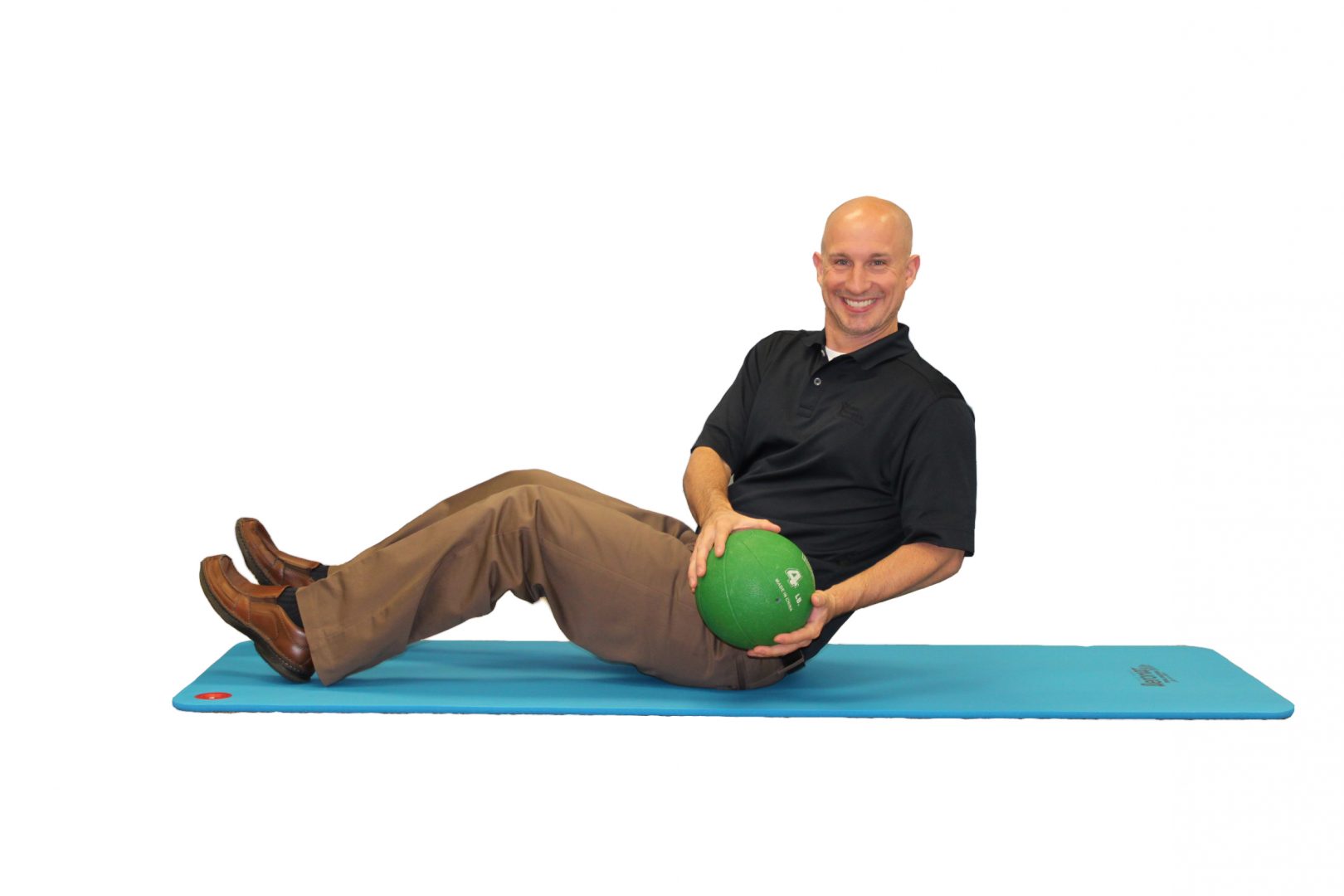 My Thoughts
My Thoughts
Popular belief is that in order to train the obliques we have to twist. I don’t
know what this notion is based upon, but it’s not science. Too often, twisting is combined with flexion (Russian twist). I call this deadly combination the herniation-maker. The obliques are supremely trained with side bridges and side planks. Again, the spine is held in a neutral position to decrease the likelihood of tissue overload. There are many variations of the side plank to train the obliques and preserve the spine. The obliques can also be with twisting torque, not to be confused with twisting movement. All exercises mentioned above create twisting movement. Twisting torque maintains a neutral spine while challenging the obliques and other core musculature in a functional manner. A rotating plank (rotating through the hips, not the spine) is an excellent choice for training functional rotation.
We have examined tissue loading, its response to stress, and how tissues are injured. We have discussed mechanisms of injury and how they are unknowingly incorporated into many popular exercise regimens. Additionally, I have provided my professional opinion on how to functionally train the spine while avoiding mechanisms of injury. Traditional exercises, current fads, and popular trends thought to strengthen the spine and prevent low back injury are actually doing just the opposite; they are creating bad backs! The best exercise programs, whether for rehabilitation, general fitness, or performance enhancement, should focus on training the appropriate muscle groups during functional movements while avoiding injury mechanisms.
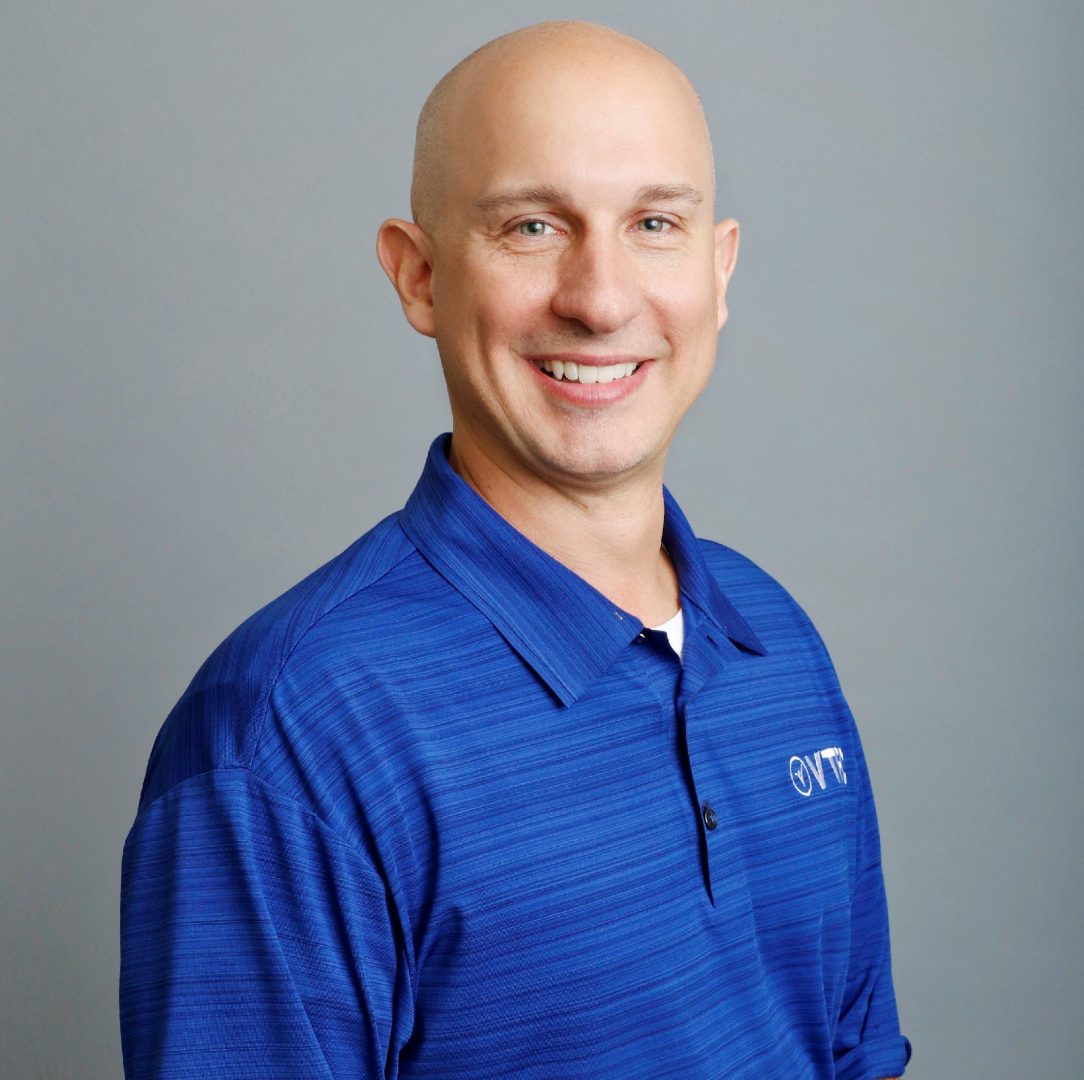
Jason Arnett, MS, ATC, PES
Virginia Therapy & Fitness Center
References
- McGill, S. (2002) Low Back Disorders: Evidence-Based Prevention and Rehabilitation. Waterloo: Human Kinetics.
- McGill, S. (2006) Ultimate Back Fitness and Performance. Waterloo: Backfitpro Inc.
- Callaghan, J.P., and McGill, S.M. (2001) Intervertebral disc herniation: Studies on the porcine model exposed to highly repetitive flexion/extension motion with compressive force. Clinical Biomechanics, 16 (1): 28-37.
- Tampier, C., Drake, J., Callaghan, J., McGill, S.M. (2007) Progressive disc herniation: An investigation of the mechanism using radiologic, histochemical and microscopic dissection techniques. Spine, 32(25): 2869-2874.
- Veres, S.P., Robertson, P.A., Broom, N.D., (2009) The morphology of acute disc herniation: A clinically relevant model defining the role of flexion. Spine: 34(21):2288-2296.
- Heylings, D.J.A., (1978) Supraspinous and interspinous ligaments of the human lumbar spine. Journal of Anatomy. 123-127.
- Battie, M.C., Bigos, S.J., Fisher, L.D., Spengler, D.M., Hansson, T.JH., Nachemson, A.L., and Wortley, M.D. (1990) The role of spinal flexibility in back pain complaints with industry: A prospective study. Spine, 15; 768-773.
- Biering-Sorensen. F. (1984) Physical measurements as risk indicators for low-back trouble over a one-year period. Spine, 9:106-119.
- Burton, A.L., Tillotson, K.M., and Troup J.D.G. (1989) Prediction of low back trouble frequency in a working population. Spine, 14: 939-946.
- Sullivan, M.S., Shoaf, L.D., and Riddle, D.L. (2000) The relationship of lumbar flexion to disability in patients with low back pain. Physical Therapy, 80 (3): 240-250.
- Parks, K.A., Crichton, K.S., Goldford, R.J., McGill, S.M., (2003) A comparison of lumbar range of motion with functional ability scores on low back pain patients: Assessment of the validity of range of motion. Spine, 28(4): 380-384.
- Solomonow, M., Zhou, B.H., Baratta, R.V., Burger, E. (2003) Biomechanics and electromyography lumbar disorder: response to static flexion. Clinical Biomechanics, 18:890-898.
- Snook, S.H., Webster, B.S., McGorry, R.W., Fogleman, M.T., and McCann, K.B. (1998) The reduction of chronic non-specific low back pain through control of early morning lumbar flexion. Spine, 23:2601-2607.
- Axler, C.T., McGill, S.M., Low back loads over a variety of abdominal exercises: searching for the safest abdominal challenge. Med Sci Sports Exerc. 1997; 29:804-811.
- McGill, S.M., The mechanics of torso flexion: situps and standing dynamic flexion maneuvers. Clin Biomech, 1995; 10:184-192.
- Nachemson, A., Alfstrom, G., Intravital dynamic pressure measurements in lumbar discs: a study of common movements, maneuvers and exercises. Scan J Rehabil Med Suppl. 1970; 1: 1-40.
- Norris, C.M., Abdominal muscle training in sport. Br J Sports Med. 1993;27:19-27.
- Richardson, C.A., Jull, G.A. Muscle control-pain control: what exercises would you prescribe? Man Ther, 1995; 1: 2-10.
- Childs, J.D., George, S.Z., Wright, A., Dugan, J.L., Benedict, T., Bush, J., Fortenberry, A., Preston, J,, McQueen, R., Teyhen, D.S., (2010) The effects of traditional sit-up training versus core stabilization exercises on sit-up performance in US Army Soldiers: A cluster randomized trial. Phys Ther., 90 (10): 1404-1412.
- Cripton, O., Berlemen, U., Visarino, H., Begeman, P.C., Nolte, L.P., and Prasad, P. (1995) Response of the lumbar spine due to shear loading. In: Injury prevention through biomechanics, (p. 111). Detroit: Wayne State University
- Yingling, V.R., and McGill, S.M., (1999) Anterior shear of spinal motion segments: Kinematics, Kinetics and resulting injuries observed in porcine model. Spine, 24 (18): 1882-1889.
- Bogduk, N., and Engel, R. (1984) The menisci of the lumbar zygapophyseal joints: A review of their anatomy and clinical significance. Spine, 9: 454
- Adams, M.A., Dolan, P. Recent advances in lumbar spine mechanics and their clinical significance. Clinical Biomechanics. 1995; 10:3-19.
